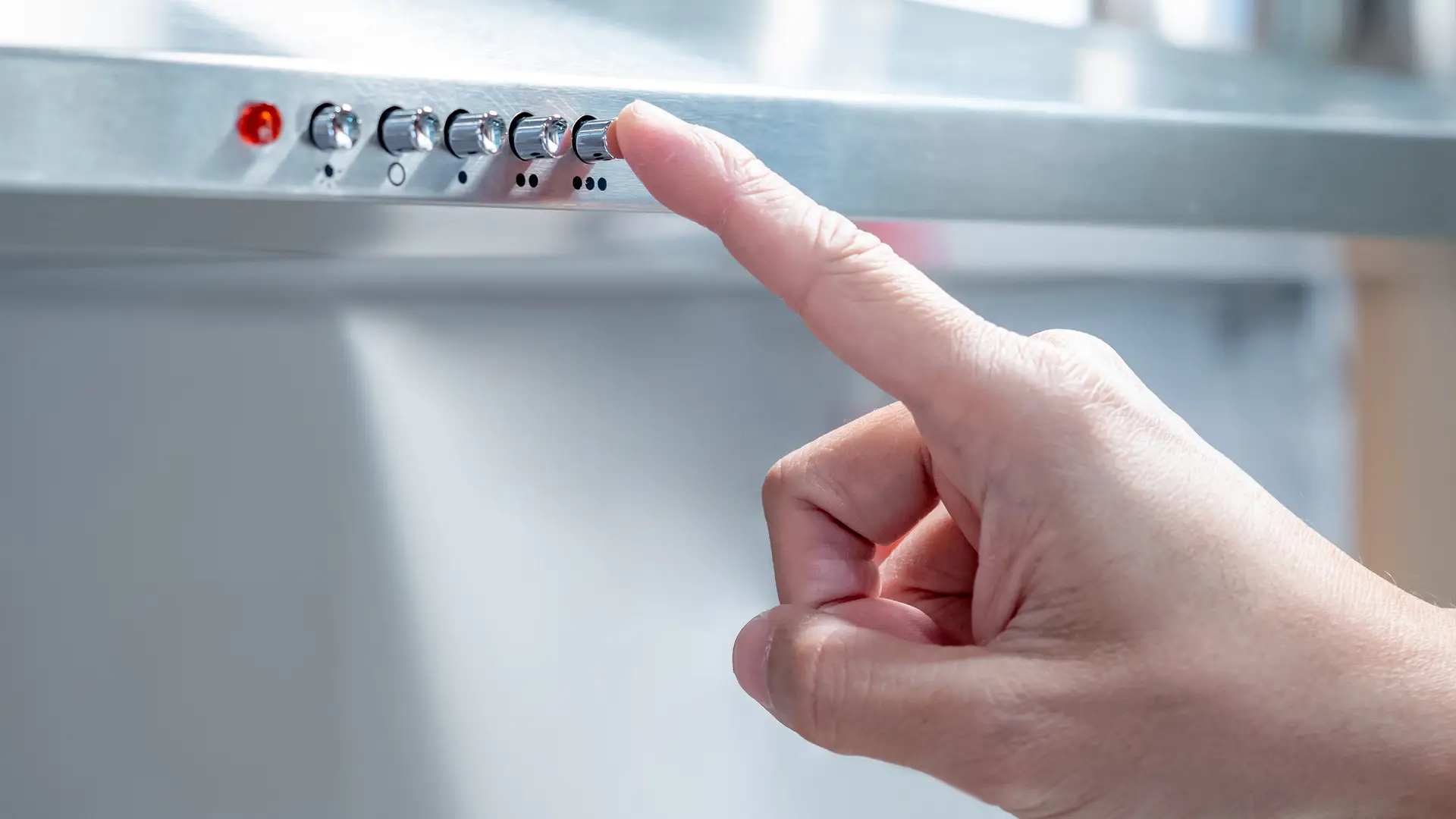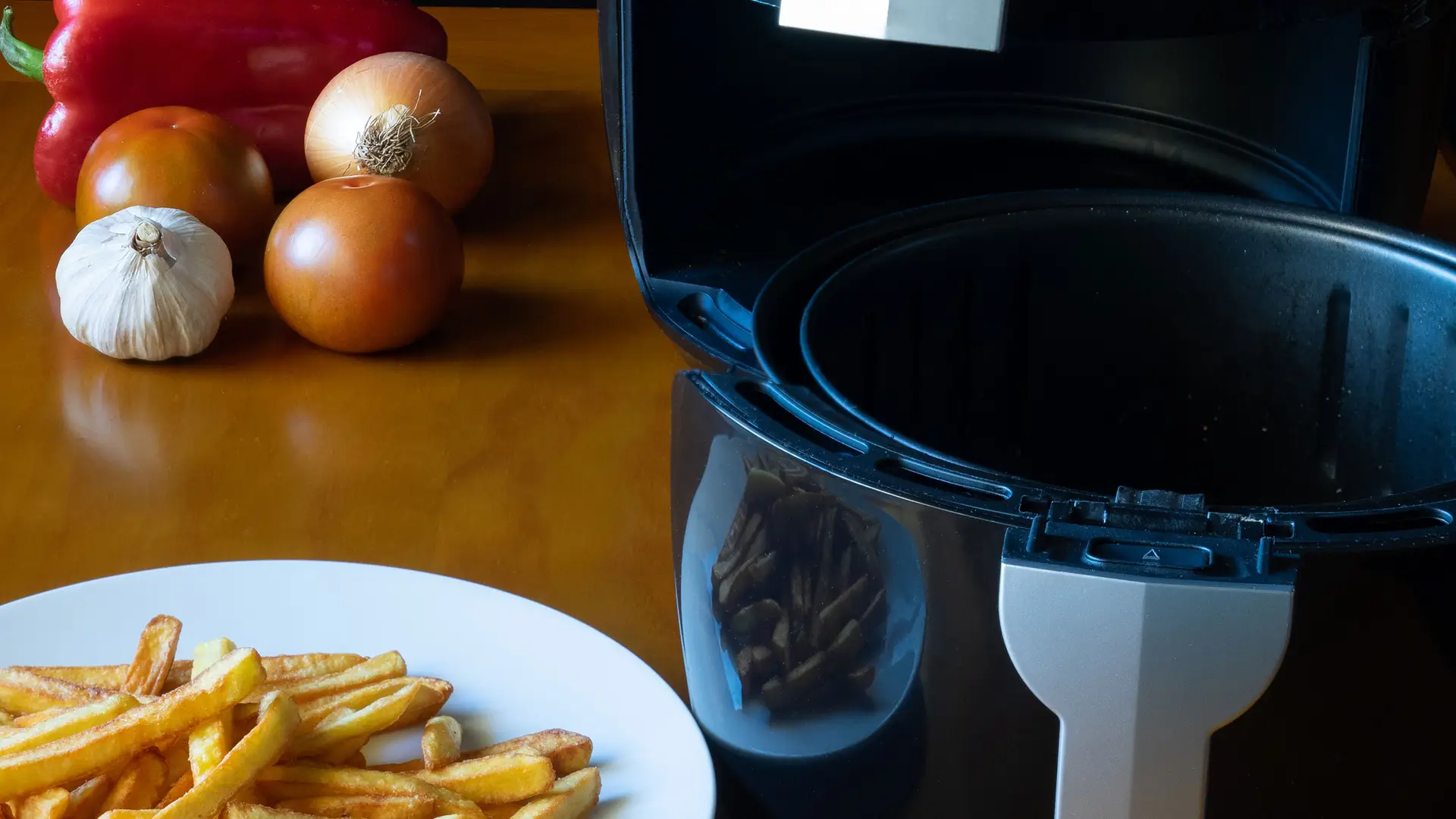90° vs 45° Bends in Ducting: The Airflow Drop You Don’t See
When planning your cooker hood ducting, the number and shape of bends can dramatically affect airflowThe volume of air moved through the ducting, measured in cubic metres per hour (m³/h).. But the difference between a 90° and 45° bend is often underestimated.
How Bend Angles Affect Airflow
Every bend in ducting increases resistance — forcing your hood’s motor to work harder and reducing extraction efficiency. A single 90° bend can cut airflow by up to 30–50%, depending on duct length and hood power. In contrast, two 45° bends create a smoother curve that reduces turbulence and keeps air moving more freely.
When 90° Bends Are Unavoidable
Sometimes, tight kitchen layouts leave little room for gentle curves. If you must use a 90° bend, position it as far from the hood outlet as possible and ensure your ducting is smooth, short, and wide enough to handle airflow efficiently.
Pro tip:
Keep your total duct run under 3 metres where possible, and use CATA ducting kits designed for optimal performance and low noise.
The Bottom Line
For maximum extraction and quieter operation, choose 45° bends wherever space allows. Fewer sharp turns mean less turbulence, better suction, and a cleaner, more efficient kitchen environment.
- All Posts
- Cooker Hood Guides & Advice
- Dishwasher Guides & Advice
- General Appliance Guides & Advice
- Hob Guides & Advice
- Laundry Guides & Advice
- Microwave Guides & Advice
- Oven Guides & Advice
- Wine Cooler Guides & Advice

Find out if a cooker hood can be noiseless and discover how to choose ultra-quiet models for peaceful cooking. Learn...

Learn what dishwasher salt and rinse aid do, why they matter, and when to refill them for the best cleaning...

Compare built-in vs countertop microwaves to find the right fit for your kitchen. Explore pros, cons, costs, and space-saving tips....

Find out which hob type is the cheapest to run. Compare gas, induction and electric to save on your energy...

Discover how Air Fry mode in modern ovens speeds up cooking and saves energy. Learn when to use it for...

Keep your extractor running efficiently. Learn how to clean and replace cooker hood grease filters with our step-by-step guide. Quick...

Wondering if kitchen foil can go in the oven? Discover safety tips, best practices, and common mistakes. Read now to...

Find out why your dishwasher isn’t drying properly. Learn common causes, easy fixes, and maintenance tips to restore perfect drying...

Discover why your fridge is running but not cooling properly. Learn the common causes and quick fixes — and when...
